Paris, the capital of France, has a rich history dating back 2,000 years. It emerged as a major city in the 12th century and underwent significant urban development in the 19th century. Today, it remains a cultural hub and tourist destination.
In this blog post, we will be exploring the evolution of Paris over time and examining how it has become one of the most iconic cities in Europe. We’ll look at the early history of Paris, its rise to becoming a cultural hub, 19th-century urban planning efforts, and more. So get ready to dive into the fascinating story behind one of the world’s most beloved cities – Paris!
Early History of Paris
Paris has a rich and fascinating early history that dates back to the 3rd century BCE. The area was initially inhabited by Gaulish tribes, but it wasn’t until the 1st century BCE. When the Romans established a military camp there called Lutetia Parisiorum, the city began to take shape.
Over time, Lutetia grew in importance as a center of trade and commerce, and it was eventually made the capital of the Frankish Kingdom in the 5th century CE. Despite this, Paris remained a relatively small and unremarkable city until the Middle Ages.
Nevertheless, the city’s early history is an important part of its cultural heritage, and it continues to shape the city’s identity and character today.
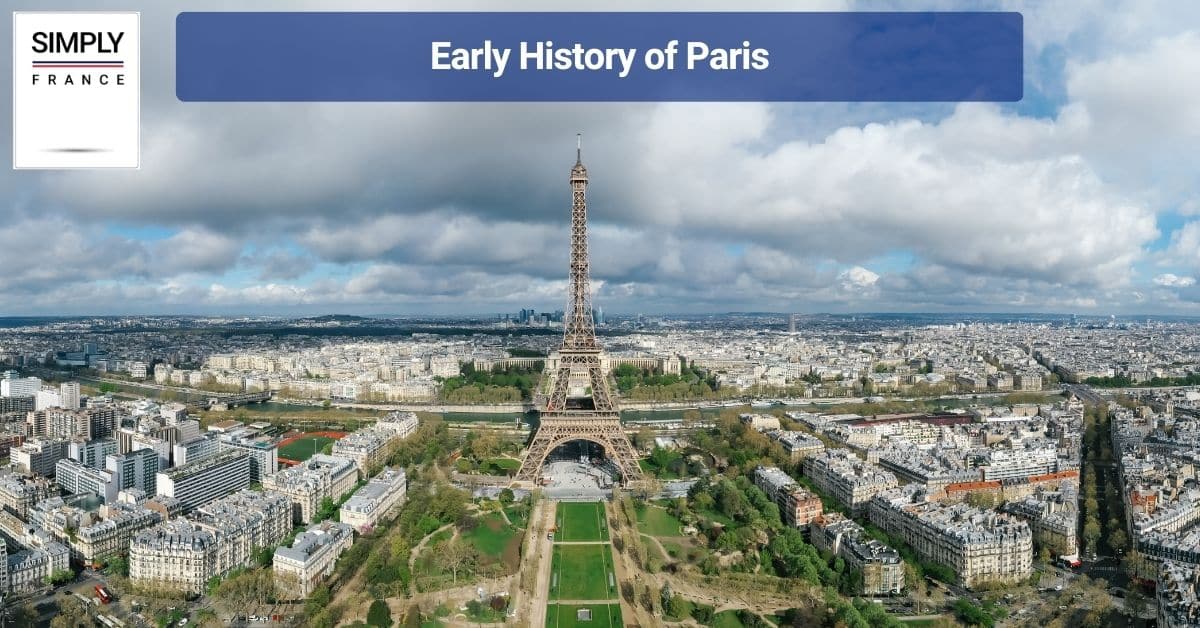
Lutetia and the Rise of Paris
Lutetia, the Celtic village that eventually became Paris, owes its origins to the Parisii tribe that inhabited the area. Under the Romans, Lutetia developed into a vibrant commercial center, with its population growing significantly.
Roman influence can still be seen in the layout of the city today, with features such as the rue St-Jacques following the path of the original Roman road. Despite suffering from attacks by groups such as the Vikings, Lutetia served as the foundation for the medieval city of Paris.
In the centuries following its founding, Paris grew into an important cultural hub, attracting writers, artists, and intellectuals from around the world. Today, the city continues to be known for its artistic and cultural resilience, honoring and building upon the legacy of Lutetia and the rise of Paris.
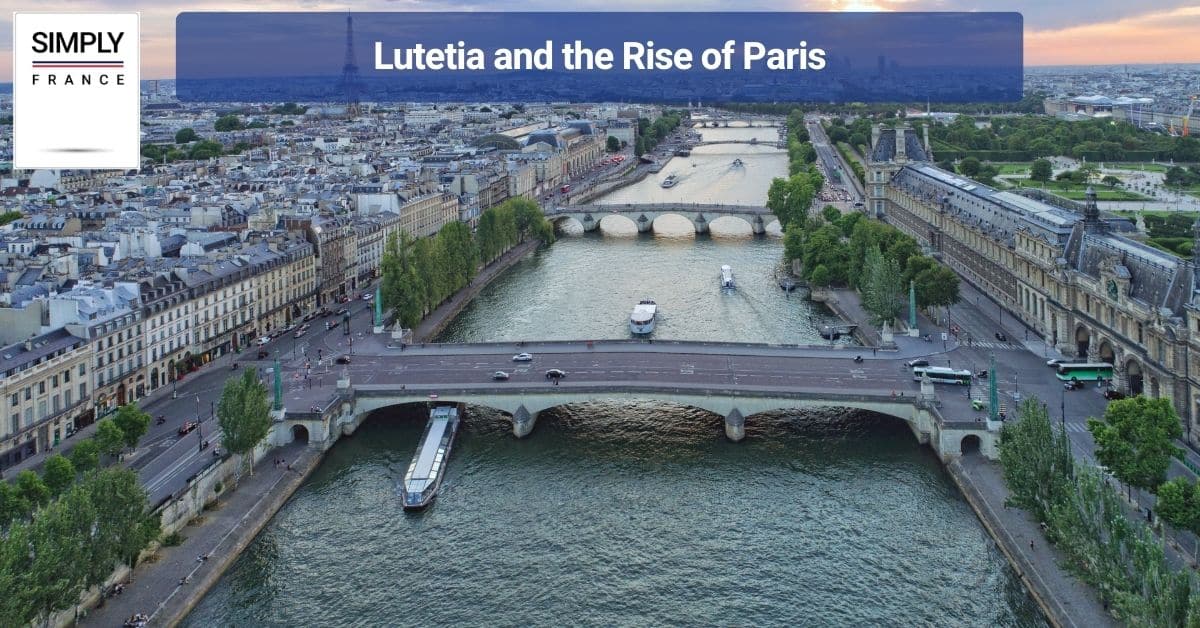
How Paris Became a Cultural Hub
In the medieval period, Paris underwent a cultural revolution that made it one of Europe’s most important centers of learning, art, and literature. The city’s famous university, the Sorbonne, became a magnet for scholars from all over Europe.
While the courts of kings and noble patrons attracted artistic talent from across the continent. Paris also played a key role in the development of Gothic architecture, as exemplified in the famous cathedrals of Notre Dame and Sainte-Chapelle.
The city’s political and cultural significance continued to grow during the Renaissance when it became an important center of artistic production and experimentation. Today, Paris remains the cultural capital of the world, with its famous museums, galleries, and theaters drawing visitors from around the globe.
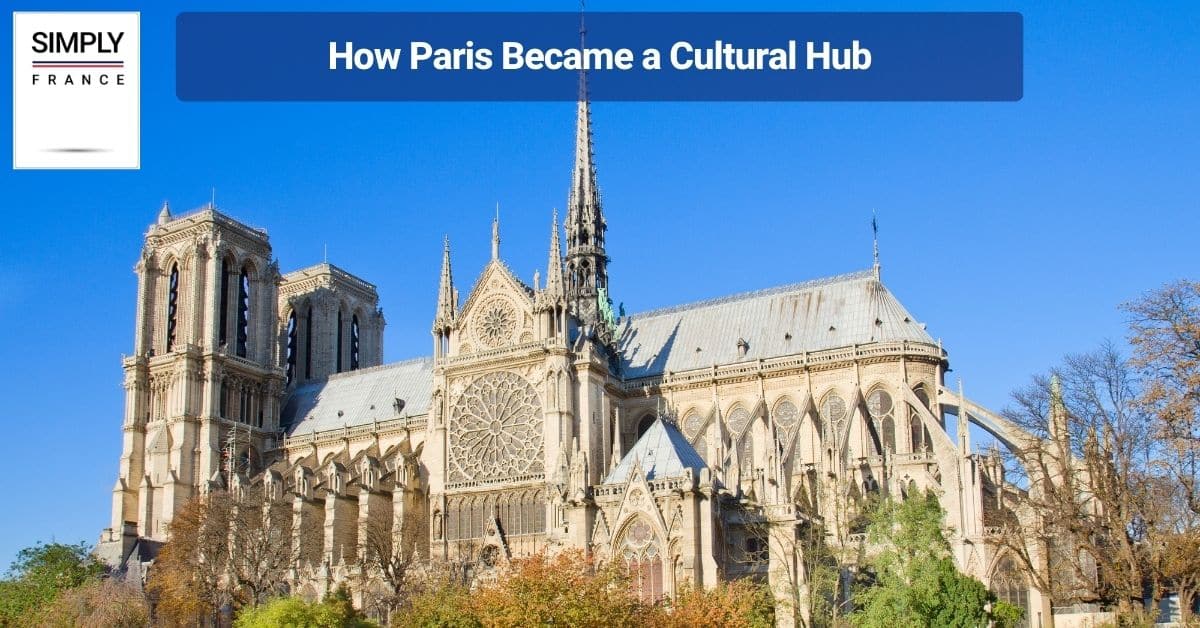
Urban Planning in the 19th Century
In the 19th century, Paris underwent a series of significant urban planning projects that transformed the city in ways that still shape its character today. Under the direction of Georges-Eugène Haussmann. Paris saw the creation of wide boulevards, new public spaces, and the construction of grand buildings in the Beaux-Arts style.
Haussmann’s projects were not without controversy, as many working-class residents were displaced in the process. Nevertheless, his vision for a more modern, navigable, and beautiful city has remained influential ever since. Inspiring urban planners and designers around the globe to create cities that prioritize public health, transportation, and green spaces.
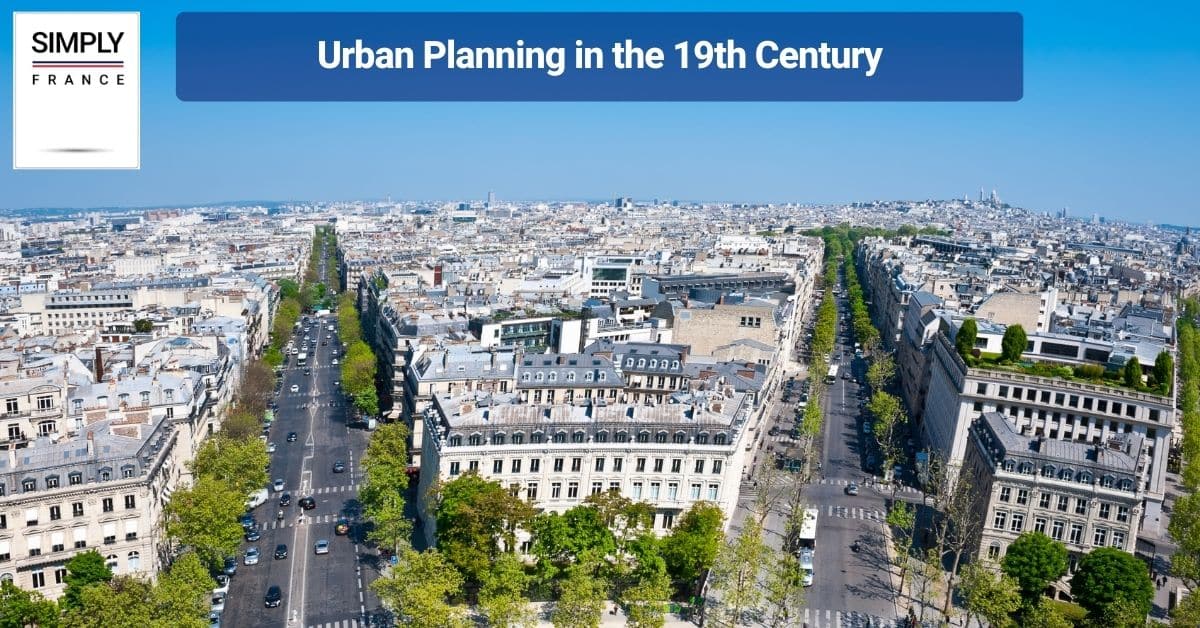
The City Today and the Legacy of Its Past
Today, Paris is a city that straddles both its past and present. The city’s rich history is visible in its architecture, its public spaces, and its cultural institutions, which continue to attract visitors from around the world.
Alongside this, the city is also a hub of cutting-edge innovation, with a thriving startup scene, world-class universities, and a tech-savvy workforce. This fusion of tradition and modernity is reflected in the city’s architecture, with historic buildings and monuments standing alongside contemporary structures like the Centre Pompidou and the Louis Vuitton Foundation.
Despite its numerous transformations over the centuries, Paris has maintained a distinctive character and identity that speaks to its status as a cultural and intellectual capital. It remains a center of artistic production and experimentation, with numerous galleries, museums, and cultural venues that showcase the city’s rich cultural heritage.
While it continues to face challenges related to urban development and social inequality, Paris remains an enduring symbol of innovation, beauty, and resilience, and its legacy is one that continues to inspire and captivate people from all walks of life.
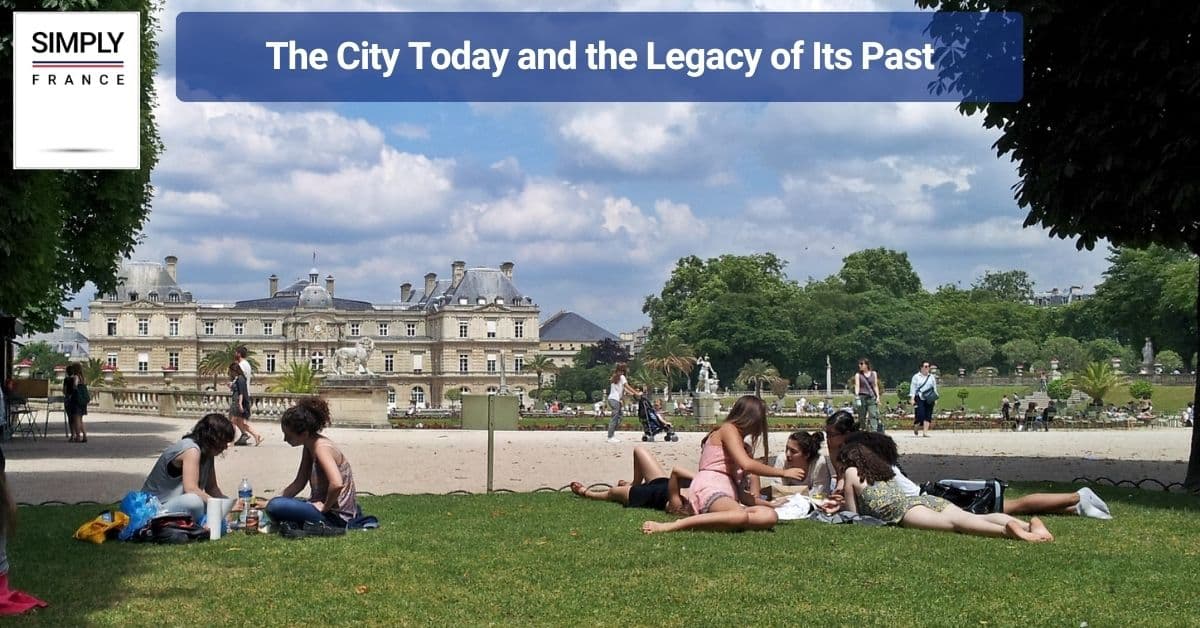
Projects and Visions for the City’s Next Chapter
Paris has a rich legacy and history, but it is also a city that is looking to the future. Today, the city is engaged in a number of ambitious projects that aim to improve the quality of life for its residents and visitors, while also preserving its cultural and architectural heritage.
These projects include initiatives to reduce traffic and pollution, expand public transportation, and promote greater social and environmental sustainability. The city is also working to make itself more accessible and inclusive, with initiatives to improve accessibility for people with disabilities, and programs to promote social diversity and cultural exchange.
With its storied past as a cultural and intellectual capital, combined with its innovative spirit and commitment to progress, Paris is poised to continue to be a leading global city for generations to come.
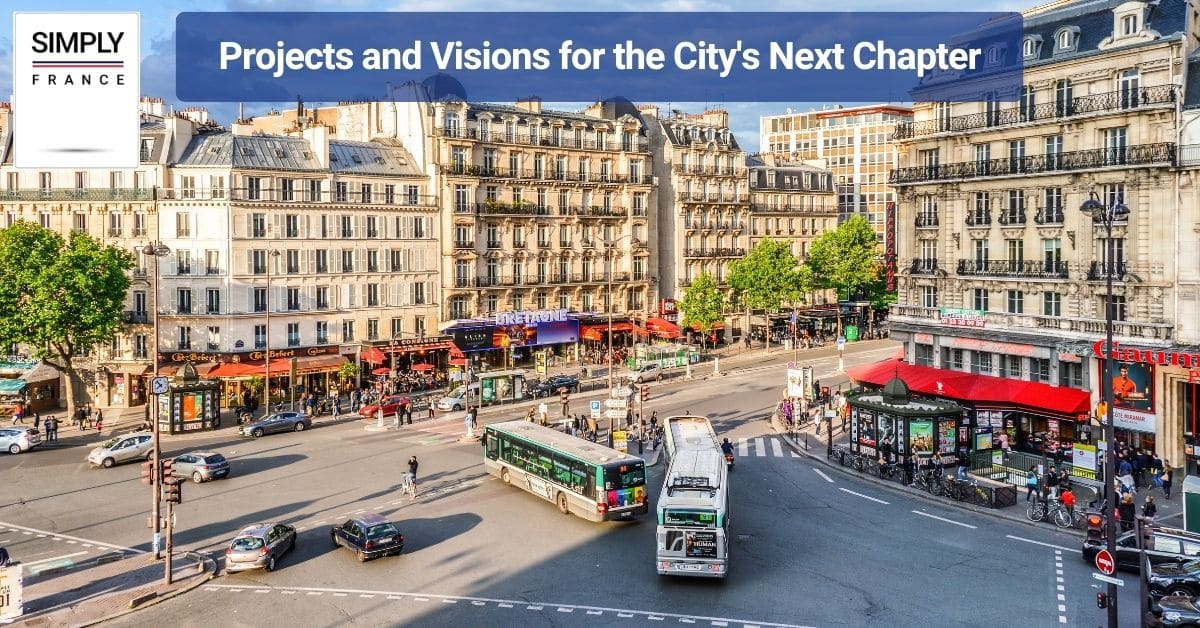
In conclusion
Paris is a city with a long and fascinating history that has shaped its character, culture, and identity today. From its ancient roots in Lutetia to the grand urban planning projects of the 19th century, Paris has evolved over time while still holding on to its unique heritage and charm.
Despite facing numerous challenges along the way, Paris continues to be an inspiration for cities around the world. A living testament to the power of creativity, resilience, and innovation. Visit Paris today and explore its rich history firsthand—you won’t regret it!


